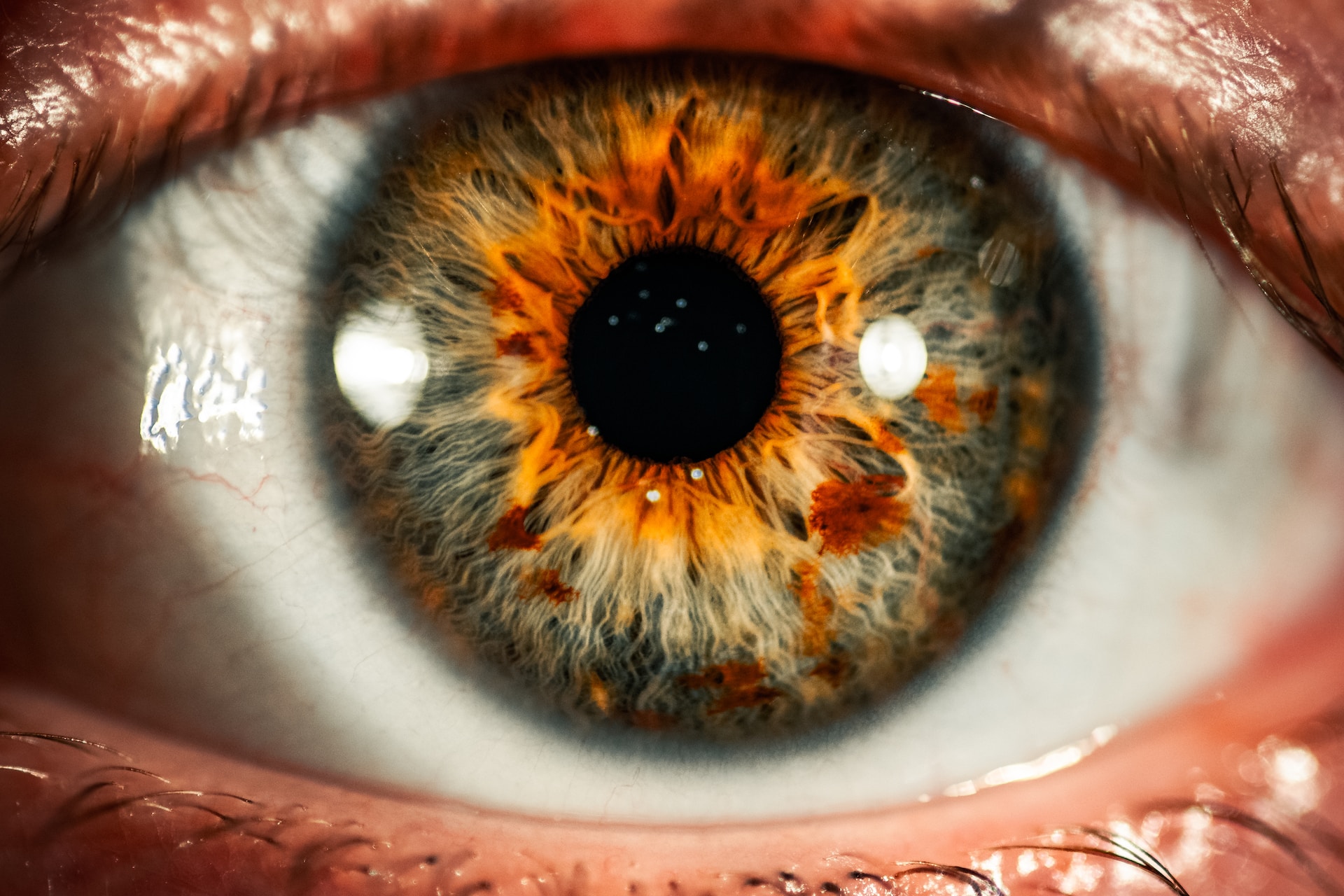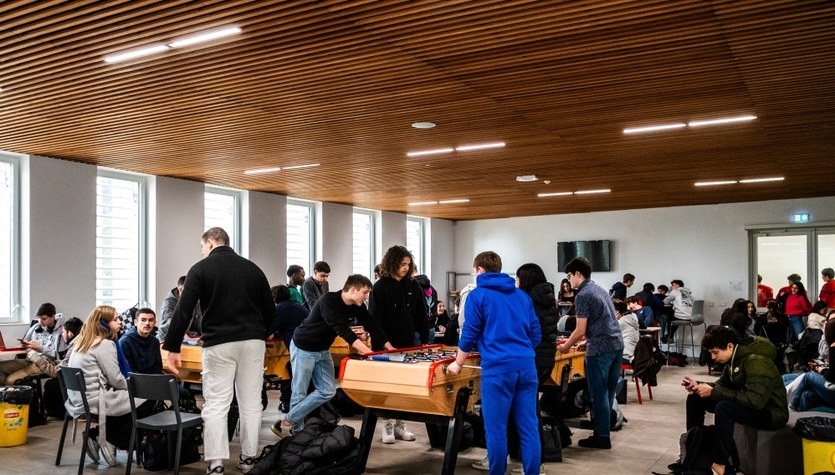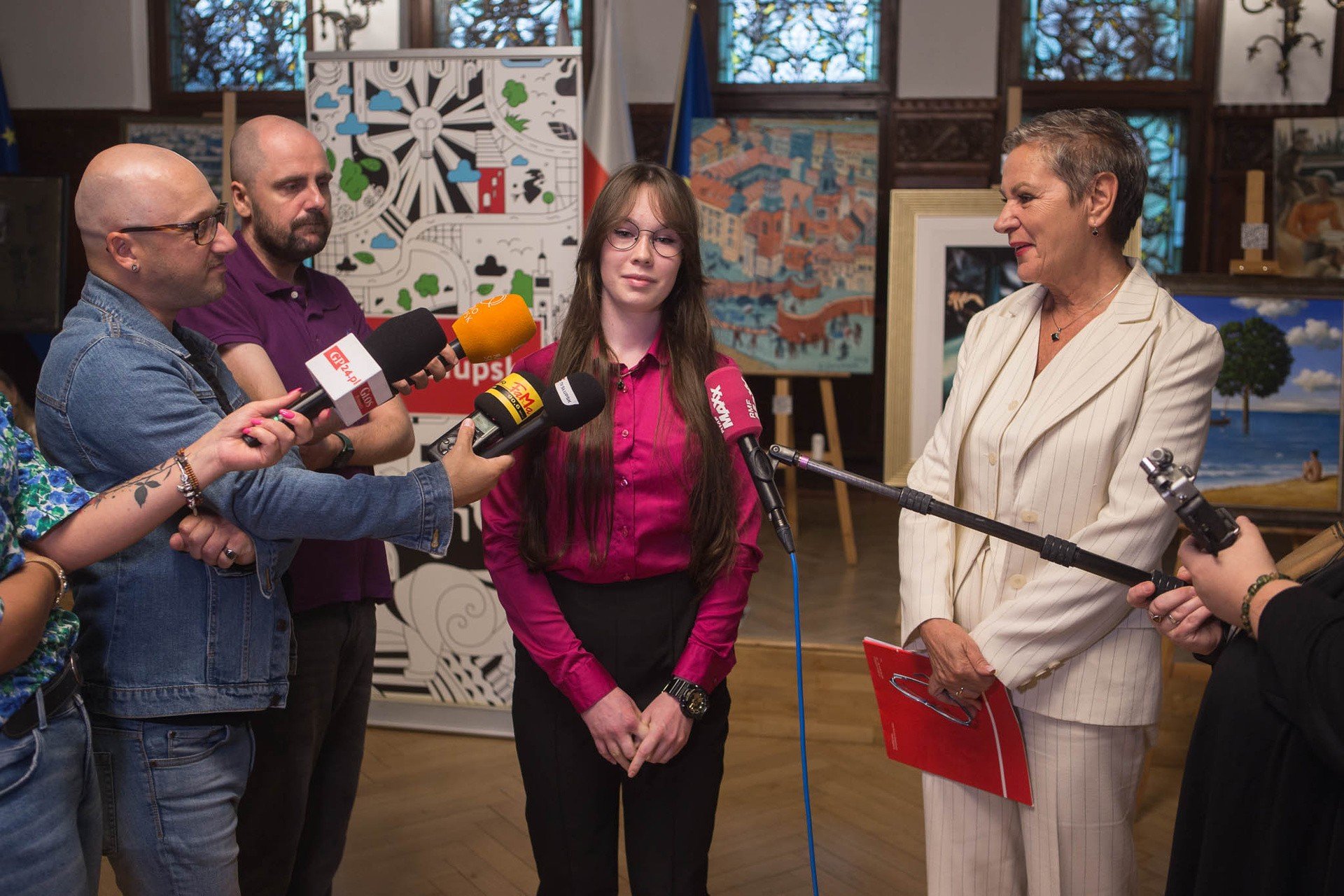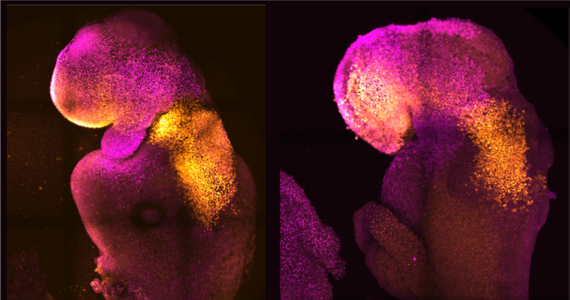An international research group led by Prof. Francesca Santoro Z Julich Research Center They created a smart biochip that mimics the functioning of the human retina. The team hopes that using this implant it will be possible to correct abnormal functioning of the body and brain. Details are described in the magazine Nature Communications.
The chip will restore your sight, but not only that
The retina is a layer of nerve tissue located at the back of the eye that plays a major role in vision. It contains 3 out of 4 visual pathway neurons (including cones and rods), which allow us to see and understand images. The retina is the part of the body with the highest oxygen consumption per unit of body weight.
Read also: Think of a word. This implant will help you read it directly from your brain
The new chip could help retinal implants communicate better with the human body in the future. It is based on conductive polymers and light-sensitive molecules that can be used to mimic the function of the natural retina along with the visual pathways.
Our organic semiconductor detects how much light falls on it. Something similar happens in our eyes. The amount of light that reaches individual photoreceptors ultimately creates an image in the brain.
Professor Francesca Santoro
Made entirely of organic, non-toxic ingredients, the chip is flexible and works with ions naturally found in the body. They can therefore be integrated into biological systems much better than traditional silicon-based semiconductor devices, which are solid and operate only with electrons.
The newly created chip is a project in the early stages of implementation. Currently, it is what is called a proof of concept that proves that it can be used to mimic the typical properties of the retina. The researchers speculate that the chip could function as an artificial synapse because exposure to light changes its conductivity. Biological synapses work this way – they transmit electrical signals, changing their size and efficiency, which is the basis of learning and memory in the brain.
Read also: A woman regained her sight after a microchip was implanted in her. More patients are waiting in line
Professor Santoro’s group is working on alternative ways for biochips to communicate with human tissues, especially cells of the nervous system. The biopolymers used to create artificial retinas are well suited for this application because they have the ability to mimic not only the three-dimensional organization of neurons, but also their functions, such as information processing and storage.
We can use them to recreate the dendritic structure of human neurons with their many dendrites. You can think of it a little like a tree. This is important because real cells prefer such 3D branched structures on smooth surfaces and thus establish close contact with artificial cells.
Professor Francesca Santoro
In the future, scientists want to actively manipulate communication circuits in human cells to produce specific effects. It is possible to help organs that are not working properly by creating an interface between the chip and living tissue. This could be crucial, among other things: to combat neurological diseases such as Alzheimer’s or Parkinson’s.

Echo Richards embodies a personality that is a delightful contradiction: a humble musicaholic who never brags about her expansive knowledge of both classic and contemporary tunes. Infuriatingly modest, one would never know from a mere conversation how deeply entrenched she is in the world of music. This passion seamlessly translates into her problem-solving skills, with Echo often drawing inspiration from melodies and rhythms. A voracious reader, she dives deep into literature, using stories to influence her own hardcore writing. Her spirited advocacy for alcohol isn’t about mere indulgence, but about celebrating life’s poignant moments.










